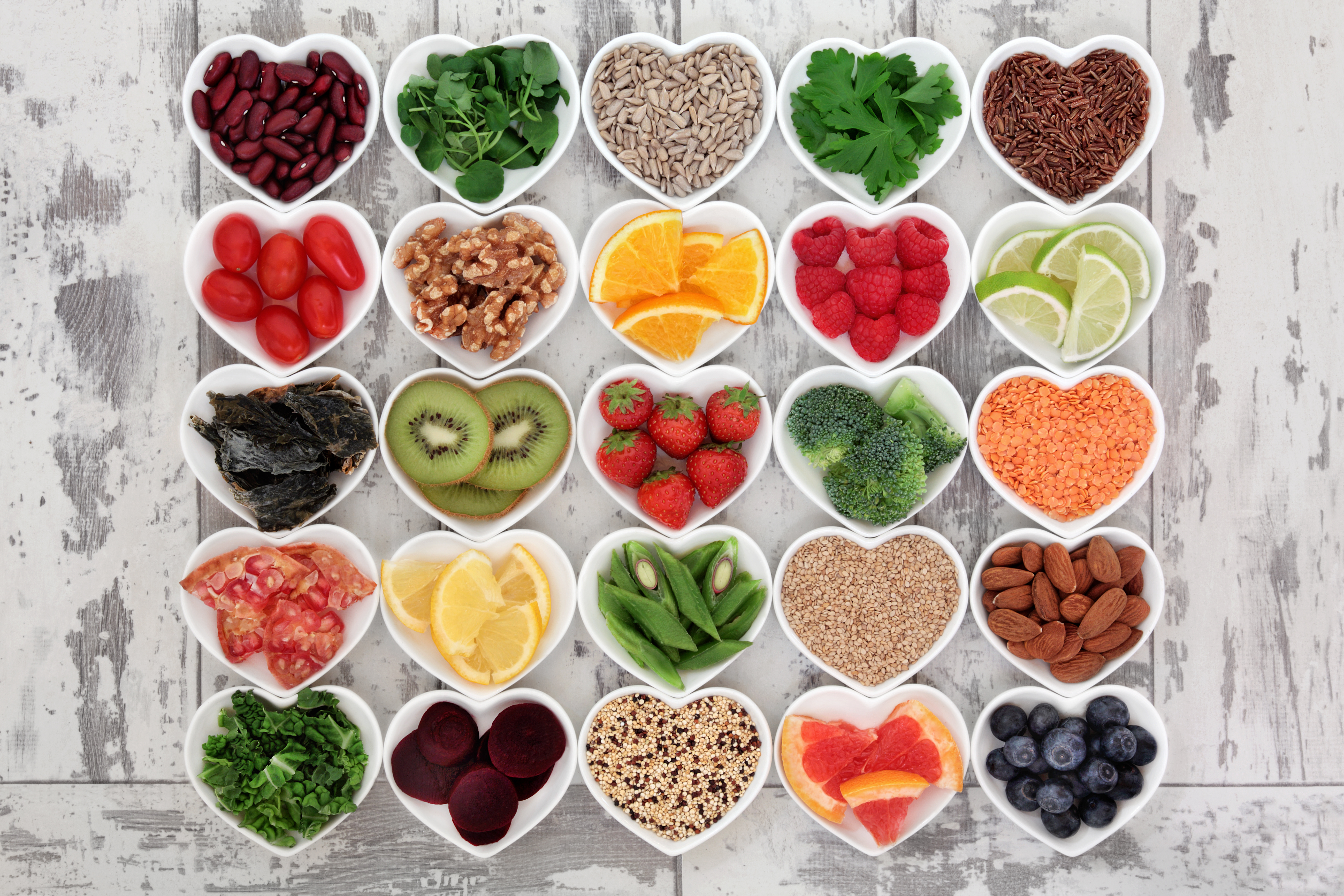 Does your New York City break room provide health information for consumers looking to follow healthy lifestyles?
Does your New York City break room provide health information for consumers looking to follow healthy lifestyles?
Everyone in the refreshment services business, whether they know it or not, is in the public health business. Which means every environment where consumers buy food should have health awareness information that is visible and accessible.
The food industry has made a lot of progress in improving health awareness in recent years. The industry played a big role in embracing the nationwide campaign to fight obesity. The food industry took a responsible position and advised consumers to follow healthy lifestyles. As a result, some progress has recently been reported in reducing obesity.
U.S. adult obesity rates decreased in four states – Minnesota, Montana, New York and Ohio – increased in two (Kansas and Kentucky) – and remained stable in the rest, between 2014 and 2015, according to The State of Obesity: Better Policies for a Healthier America, a report from the Trust for America’s Health (TFAH) and the Robert Wood Johnson Foundation (RWJF). This marks the first time in the past decade that any states have experienced decreases – aside from a decline in Washington, D.C. in 2010.
In addition, recent national data show that childhood obesity rates have stabilized at 17 percent over the past decade. Rates are declining among 2- to 5-year-olds, stable among 6- to 11-year-olds, and increasing among 12- to 19-year-olds.
Nonetheless, obesity rates are overall too high and industry has to continue to do its part to help consumers live healthy lifestyles.
Health warning labels can steer teens away from sugary drinks, a new study suggests. The intention of these labels is not to eliminate the choice of choosing a sugary drink, but to be aware of the need to always make a sensible choice.
“The average teen in the United States consumes at least one sugar-sweetened beverage every day, which could account for more than twice the recommended daily serving of sugar,” said Christina Roberto, an assistant professor of medical ethics and health policy at the University of Pennsylvania School of Medicine in Philadelphia.
“The rate of sugar consumption in the U.S. is astounding and contributes significantly to obesity, type 2 diabetes, and other dangerous and costly health conditions,” she added.
Warning labels about obesity do help teens make good choices.
A recent online survey assessed the hypothetical beverage selections of more than 2,000 youngsters, aged 12 to 18. The drinks had either no label or one of five health warning labels. One label featured calorie content and four carried variations of a written warning that sugary beverages contribute to obesity, type 2 diabetes and tooth decay.
While 77 percent of the participants said they would select a sugary drink if there was no warning label, participants were 8 percent to 16 percent less likely to select a sugary drink that bore such a message, the study found.
Sixty-two percent of the participants said they would support a warning label policy for sugary drinks.
The findings highlight the need for nutrition information at the point of purchase to help people make healthier choices, said study co-author Eric Van Epps, a postdoctoral researcher at the university’s Center for Health Incentives and Behavioral Economics.
Every environment where food and refreshments are purchased should encourage consumers to follow healthy choices. Healthy lifestyles contribute to healthy workers, who are important to the wellness of society and industry.
For more information about healthy snack and beverage options Healthy Vending NY at 917.572.3671 to discuss your customized break room solution.



